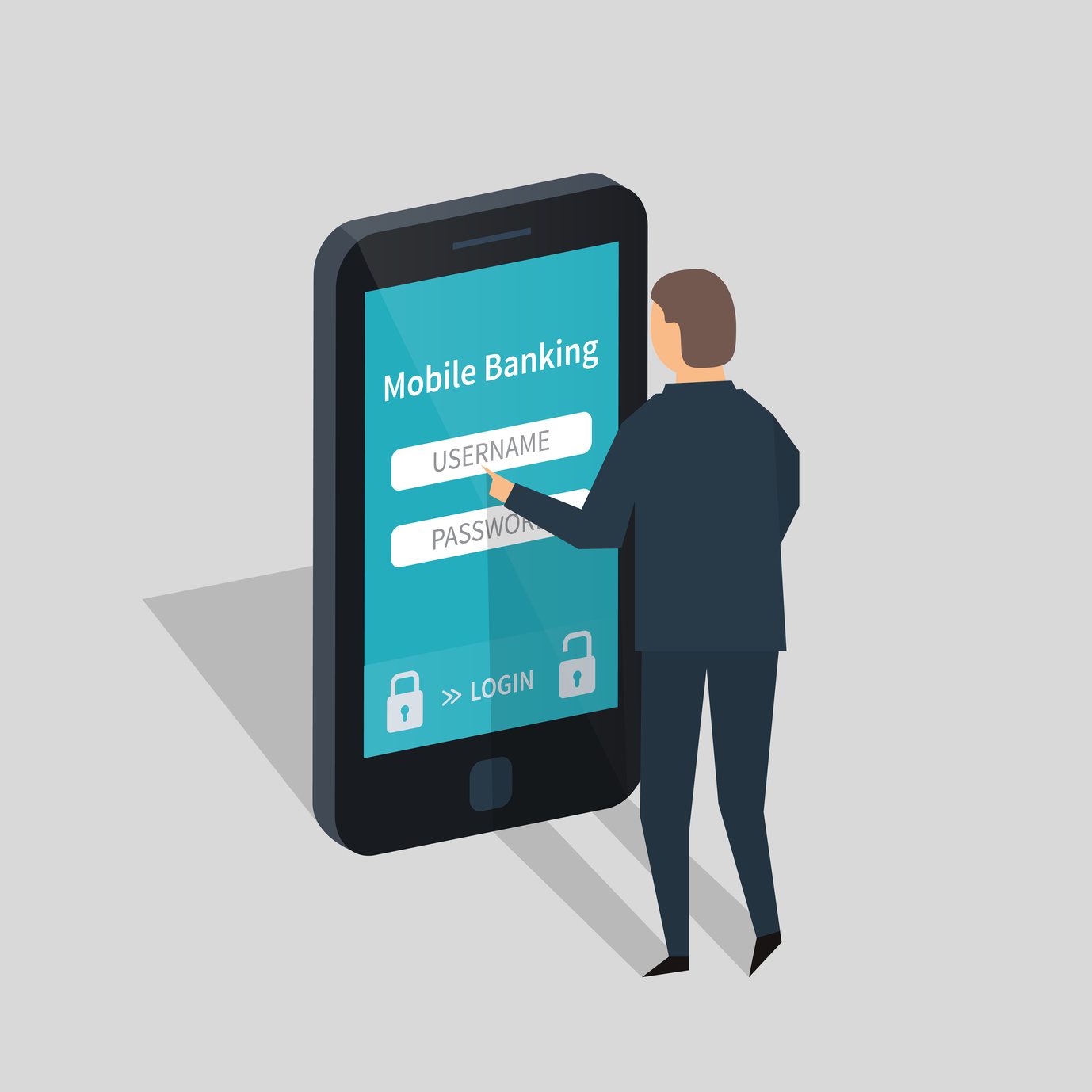While banking apps can be very convenient, they also come with some risks. One of the most serious risks is security. Hackers can target banking apps in order to try and access sensitive customer information. In some cases, they may even be able to take over customer accounts and drain them of funds.
This article in Information Age indicates that while the total number of critical vulnerabilities discovered by Positive Technologies annual review fell, the severity of the remaining vulnerabilities increased:
“The total number of critical vulnerabilities in financial applications fell in 2016, however the overall severity level of the identified vulnerabilities grew significantly.
The most common vulnerabilities relate to flaws in mechanisms for identification, authentication, and authorisation of users with two in three remote banking applications vulnerable to brute force attacks. These are the findings detailed in a report, published today by Positive Technologies, of its financial application security assessments performed throughout 2016.”
Exactly what types of apps were included in this study is unclear, but it appears to include most financial apps, including wallets and mobile banking. The types of vulnerabilities were also described briefly:
“The assessment of banking applications in 2016 demonstrated that the share of critical vulnerabilities grew by 8%, and medium-severity vulnerabilities by 18%. Production systems had an average of twice as many vulnerabilities as those still in development. Applications developed by third party vendors had on average twice as many vulnerabilities as applications developed in-house.Most online banking applications (71%) contained flaws in their implementation of two-factor authentication. 33% of online banking applications had vulnerabilities that made it possible to steal money, and in 27% of applications, an attacker could access sensitive client information.
Mobile banking applications also have issues with an attacker able to intercept or brute force user credentials to one in three apps. Banking apps on iOS remain more secure than their Android equivalents. The real problems in protection lurk on the server side: Positive Technologies’ researchers found dangerous server-side vulnerabilities in every application tested.”
The research conducted this year also included testing the security of backend systems and that didn’t go well either:“This years’ report also includes statistics of security within automated banking systems, usually thought to be beyond the reach of external attackers. Two thirds of the vulnerabilities found within automated banking systems were critical, some even allowing administrative server access. With this level of access, an attacker could conduct fraudulent transactions yet remain unnoticed.The possibilities for such fraudulent transactions are practically limitless: attackers could create new accounts, change their balance, or create counterfeit payment transfers to other institutions.
‘In our analysis of 2016 incidents,’ said Evgeny Gnedin, head of security analytics at Positive Technologies, ‘we note that targeted attacks against banks often used these possibilities.’ ”
The press release that includes a link to the report PDF can be found here:
Overview by Tim Sloane, VP, Payments Innovation at Mercator Advisory Group
Read the full story here











